An important factor in keeping your dog active is vital for its health and pleasure. By applying this advice for dog exercise, you will make certain your canine friend gets the exercise that they require to stay active and healthy. Keep an eye on this and start gradually, watch your dog’s signals, and make changes if and when required. Whether it is a daily routine such as a walk, a game of fetch, or something that exercises their mind, all contribute to the wellness of our pets. A routine, together with lots of love, will guarantee you and your best friend share a few fun and wonderful years ahead. Start right now to see how your dog’s tail fluffs up with happiness!
Understanding Your Dog’s Exercise Needs
Knowing the amount of exercise your dog requires is the essential foundation for the dog to be fully healthy and happy. Different types of dog breeds, from puppies to adults, in good or poor condition, and of varying perceived activity levels, need unique exercise plans.
-
Age
Age is vital when we decide on how much exercise a dog should be getting every day. Puppies, being like little energy batteries, are always overflowing with that unlimited energy and need frequent short rest stops to energize themselves. In most cases, senior dogs require moderate training in order to stay in good physical condition and to keep their weight under control. But, in the case of elderly dogs, the training needs to be softer in order to prevent damage to the joints and muscles of old age.
-
Breeds
Another aspect of a dog breed is what determines the degree of dog exercise and training they need. Demanding breeds like Border Collies or Labrador Retriever, which have high levels of energy, should get more difficult and regular exercises to keep them physically and psychologically developed. On the other hand, energetic breeds like Bulldogs and Pugs can be satisfied with short, low-level activities.
-
Health
When you’re making a plan for your dog to exercise every day, it’s important to know about their health too. Dogs with health problems or special needs may need adjustments to their exercise plans according to their health condition. The vet you consult should help you identify a suitable level and form of exercise that is in line with the health status of your dog.
-
Activity of Dog
Your dog’s natural exercise level is also something you need to exercise and adapt it. Some dogs, by nature, are more energetic, and hence correction, they need frequent chances to run, play, and explore, while others are very calm and relish short, less heavy activities. Recognizing the dog’s individual likes and needs will aid in finding the right intensity and kind of exercise to keep them fit and happy.
Tips on Dog Exercise
Is your dog in need of some exercise and health tips? Look no further! Let’s see some simple and exciting ways to exercise your dog both indoors and outdoors.
Outdoor Dog Exercises
-
Walking
Get your dog out of the house for a walk both for physical activity and mental stimulation. This will also help with social skills. Try to have at least one walk with your dog for about half an hour to an hour, depending on the dog’s breed and energy level.
-
Running or Jogging
If you love running or jogging with your dog, it can be more enjoyable to do it together. Just running together can deepen the connection and keep you from getting out of shape. Set the pace and distance based on your dog’s fitness level to build it up gradually.
-
Hiking
It’s a good idea to visit nature with your dog and have a hike together. Pick the trails that will fit your dog’s existing abilities, and be sure to take enough water and snacks for both of you. Hiking, among other advantages, is a strong exercise and a great way to have fun and bond with your dog in nature.
-
Swimming
If your dog loves to play in water, this is a great form of activity with low impact that works out its entire body. Whether you are in a pool, lake, or almost at the beach, swimming is an activity that can keep your dog cool in the summer and give them some refreshing workouts.
Indoor Dog Exercises
-
Interactive Toys and Games
Make your dog play with interesting objects, such as interactive toys and games that can challenge his mind and entertain him. Some toys that provide treats or some other puzzles that involve problem-solving skills are the best for keeping your dog busy and having fun, especially on rainy days, instead of exercising outside, which is only sometimes an option.
-
Indoor Agility Courses
Construct a home agility course in your living room or backyard out of everyday, ordinary items such as chairs, broomsticks, and tunnels. Agility training is physical exercise but also is good for developing a sense of coordination and confidence level of the dog.
-
Treadmill Exercises
When it is raining or there is no space outdoors for your dog, a treadmill can serve as a suitable way to maintain your dog’s activity indoors. Go easy and help your dog until they realize the treadmill is good for them.
Keep in mind that you must speak to your vet before you even begin an exercise routine with your fluffy friend, especially if they have any existing health problems. Implementing these easy-to-follow tips, you’ll ensure that your pet will be happy, healthy, and lively in every season.
Benefits of exercise for dogs
Regular exercise is not just a luxury for dogs; it’s a crucial aspect of their overall health and happiness. From boosting physical fitness to enriching their mental faculties, the benefits of exercise for dogs are myriad.
Physical Health Benefits
Exercise is the best option for maintaining your dog’s physical health. Similarly, dogs need exactly the same regular activity to be able to maintain a healthy shape of their bodies, just like humans. Daily walks, runs, or play sessions help to:
-
Maintain a healthy weight
Routine physical activity decreases the likelihood of an obesity condition that can, in turn, provoke type 2 diabetes, arthritis, or cardiovascular issues.
-
Strengthen muscles and bones
This kind of workout is like going for a run or playing fetch. It helps make your dog’s muscles stronger and bones better. So your furry friend will be strong and speedy.
-
Improve cardiovascular health
Exercises such as jogging or fetching bring the heart rate up and increase the circulation of the blood. Thus, they help to keep the animal’s heart in good condition, reducing the risk of cardiovascular diseases.
Mental Stimulation and Enrichment
Exercise is not just for physical fitness but also mental health. The dogs are brilliant and keep themselves busy when challenged, so mental stimulation and enrichment are important. Engaging in regular dog exercise:
-
Stimulates the mind
Trying new spaces, experiencing new smells, and beatifying a little task during play is good enough to keep your dog mentally fit and refreshed.
-
Reduces anxiety and stress
Physical exercise exerts the work of endorphins, the hormones of pleasure that are helpful in the removal of stress and anxieties in dogs. A relaxed dog is more likely to be a sleepy and satisfied one.
-
Fosters socialization
The walks or trips to the park are the perfect socialization moments when the dogs can make friends among other dogs and people and, therefore, develop healthy relationships and confidence.
Improved Behavior and Reduced Risk of Behavioral Issues
A well-exercised dog is much more likely to develop positive behaviors and likely to have very few behavioral disorders. Regular physical activity:
-
Channels energy
Dogs with high energy tend to get them out in destructive ways such as chewing or over-barking. Exercise becomes a natural outlet for excess energy draining off to prevent such displays.
-
Promotes relaxation
The dog will enjoy some good exercise which burns the excess energy and hence it will exhibit a calm demeanor and better sleep patterns.
-
Enhances obedience training
A tired dog is keen and acute to listening to training instructions, hence, the training sessions will be productive and effective.
Giving your dog exercise a priority in the daily schedule will be helpful for its physical well-being, mental and behavior. You’re not only keeping a dog physically fit, you’re also uplifting his/her happiness and life expectancy by making exercise a regular part of his/her lifestyle.
| Dog Age | Recommended Exercise Guidelines |
| Puppy | Gradually increase exercise, aiming for around 5 minutes per month of age, up to twice a day. Focus on gentle activities like short walks and supervised play. |
| Adult dog | Go for at least 30 minutes to 1 hour of medium to high-level exercise each day, depending on breed, size, and energy level. Include regular walks and active play sessions. |
| Senior dog | Aim for around 15 to 30 minutes of low-impact exercise per day, such as gentle walks, swimming, or short play sessions. Watch for signs of fatigue and adjust as needed. |
How Much Exercise Is Too Much Exercise for a Dog?
We all like to watch our pet friends energetically bouncing around, but it is always important to note when they are already too tired. Here is a simple guide that will help you in knowing whether your dog is getting the required level of exercise.
Signs of Over-Exercise
It is effortless to lose yourself in the level of fun, but watch out for signs that your dog could be overdoing themself. Heavy panting, excessive drooling, unwillingness to move, and limping are all signs that the dog has exerted himself or herself too much. If you notice any of the mentioned signs, you need to let your dog get some rest.
Understanding Rest and Recovery
Just like us, dogs need time to recuperate or relax after exercise. It is here that their muscles undergo repair and strengthening, thus holding the risk of injury at bay and maintaining them in top shape. Make sure your pup’s couch has several comfortable spots to relax in, but be bold and keep down the workout if your pet seems worn out.
It is important to be mindful of your dog’s signals and know the significance of rest and recovery time in keeping them fit, healthy, and uninjured. Therefore, the next time you are heading out for a walk or playing in a park, look out for signs of overexercise and make sure to keep your dog well-rested.
Conclusion
Making sure the dog is active is crucial for its well-being and happiness in particular. By applying the advice explained in this guide to dog exercises, you can be sure that your four-legged companion remains in good shape. Note that it is best to start slow, follow your dog’s cues, and make modifications whenever necessary. It does not matter if it is a daily walk, a game of fetch, or something for their mind as long as it includes some sort of activity. It’s good to keep a daily routine and a lot of love; your dog will be with you for long and healthy years. Start now and see your dog’s tail wag happily!

 DogExpress
DogExpress

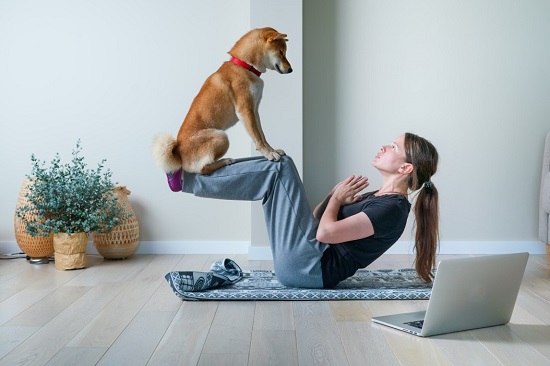

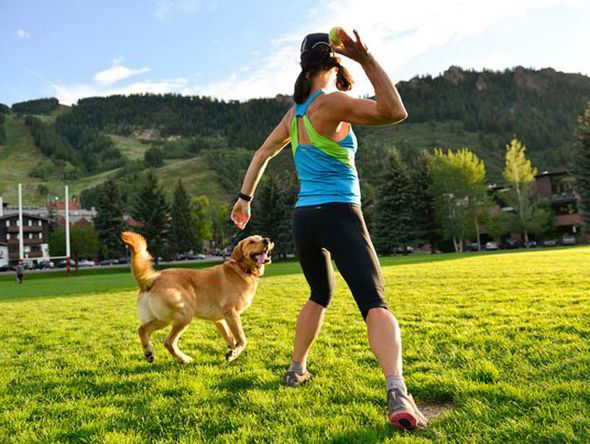
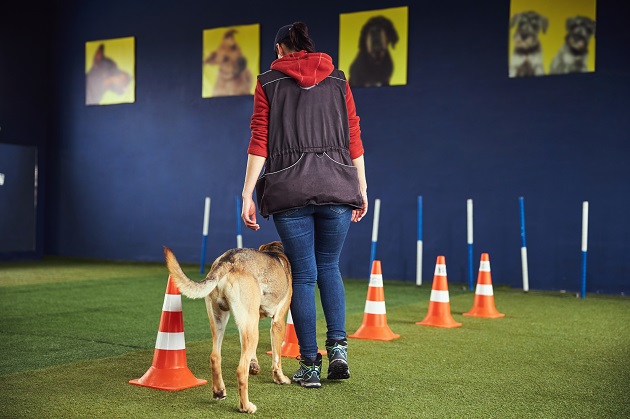
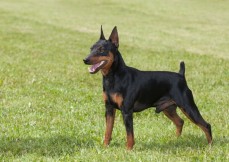
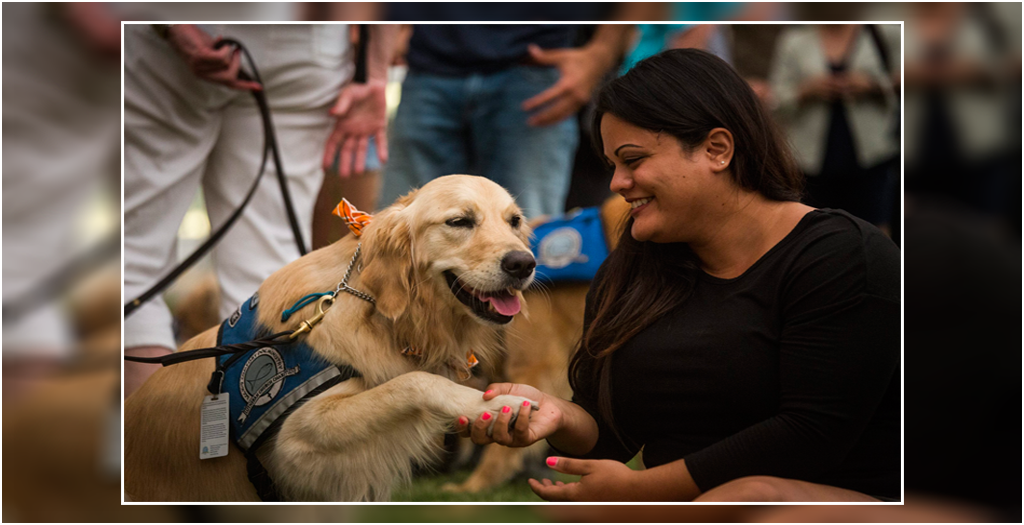
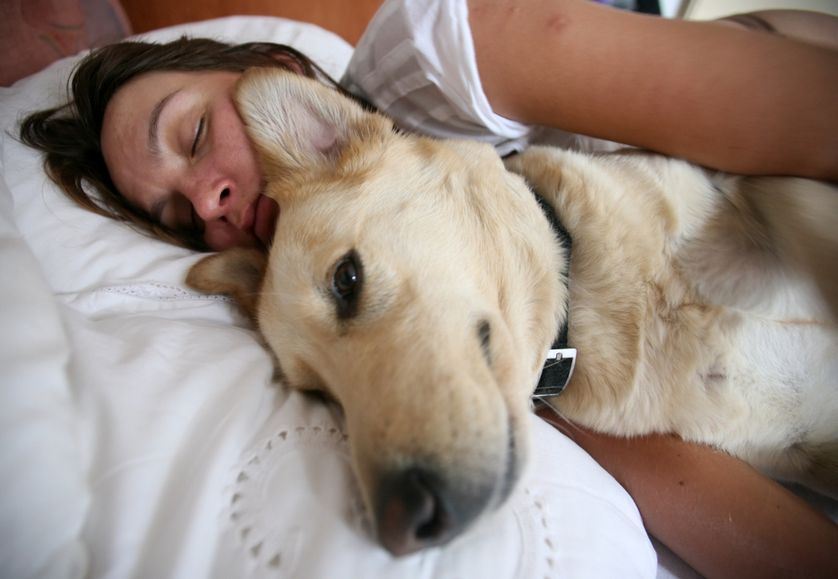

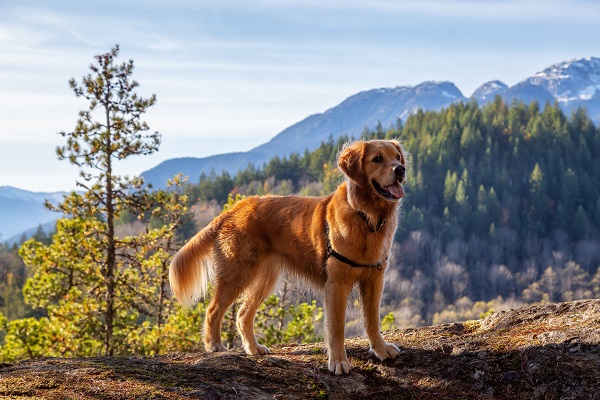


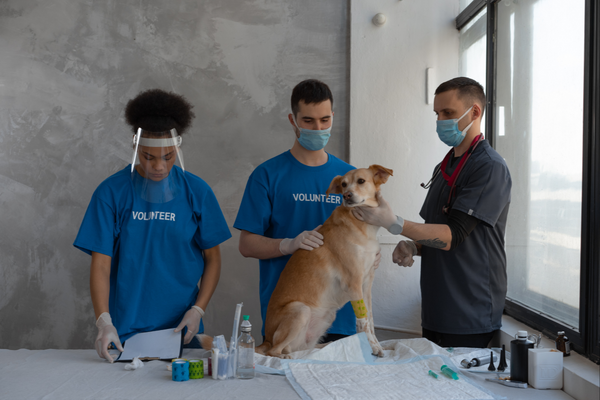












 in Chandigarh, India.
in Chandigarh, India. 
